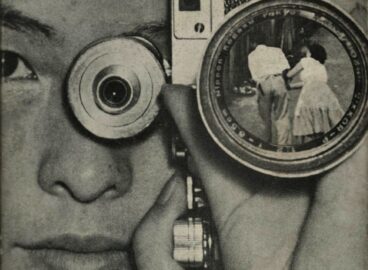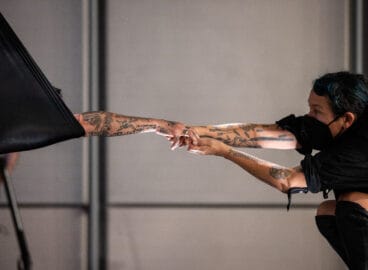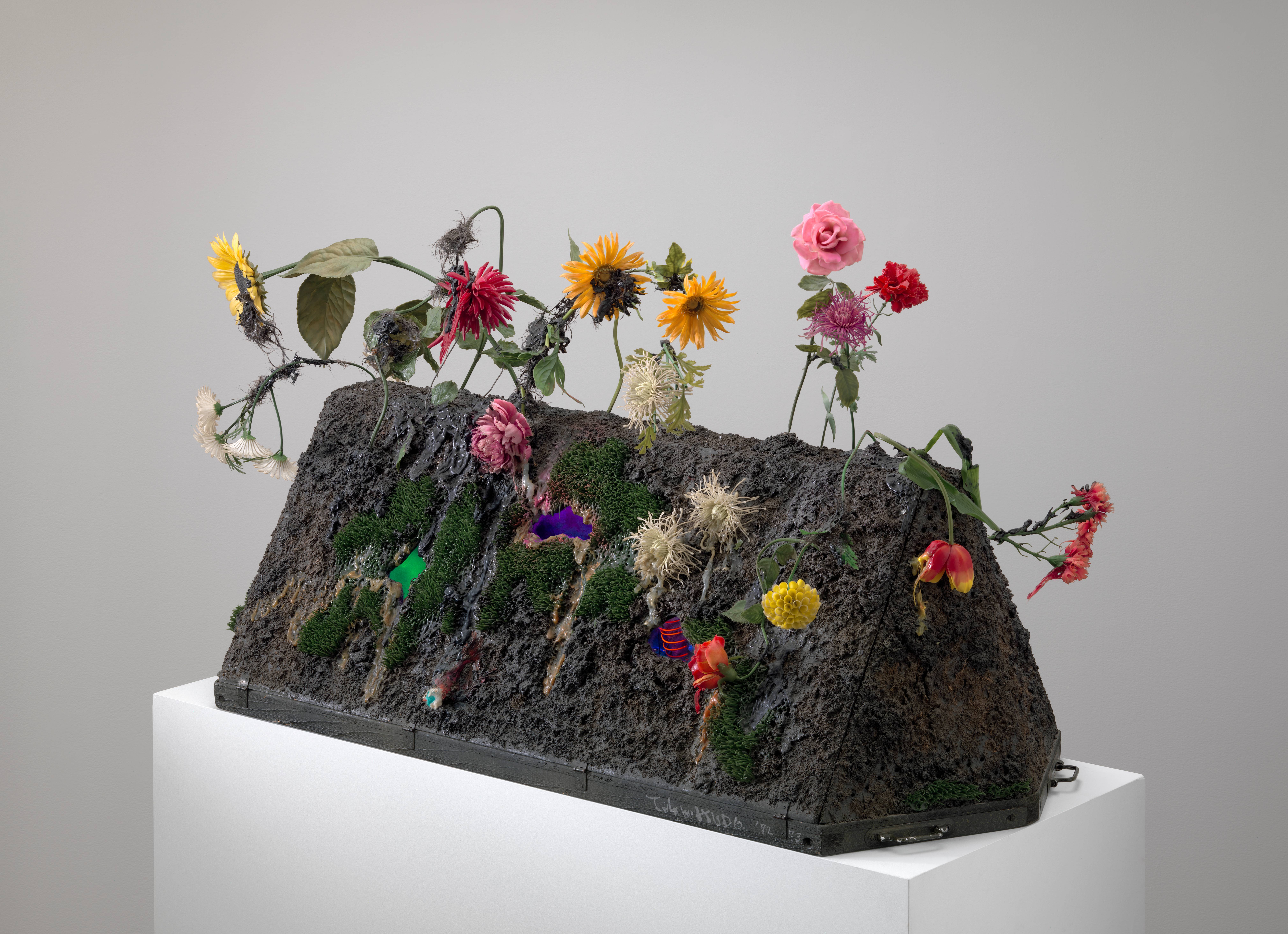The psychedelic and darkly fantastic posters of Yokoo Tadanori cross the boundaries of art, design, and politics. Yokoo studied illustration in correspondence school and started his career as a graphic designer and illustrator at a printing company and a newspaper. He also worked as a printmaker and painter, and through his posters he quickly won acclaim as a designer in Tokyo’s experimental and avant-garde art scene.
As a young designer with ambitions to become an artist, Yokoo frequented events at the Sogetsu Art Center (SAC), where he witnessed memorable performances by the likes of Robert Rauschenberg, who created a painting onstage during what was supposed to be a Q&A session; Yoko Ono, whose “action” consisted of holding her baby; and Nam June Paik, who destroyed a piano. Yokoo also viewed scores of experimental and Surrealist films in the SAC hall. His direct involvement with Sogetsu Art Center in the 1960s came mainly through his poster designs for theater and dance events (Terayama Shuji, Hijikata Tatsumi, and Kara Juro) and for the multimedia symposium “Expose 1968: Nanika itte kure, ima sagasu” (Expose 1968: Say something, I’m trying, 1968). He also designed the cover of a volume of poetry by Mutsuo Takashi that was published by the SAC. In addition to graphic work, Yokoo made experimental animations in collaboration with SAC engineers and musicians such as Akiyama Kuniharu and Ichiyanagi Toshi. Two of these, Anthology No. 1 (1964) and KISS KISS KISS (1964; soundtrack by Akiyama), were screened at the Center’s Sogetsu Cinematheque 11: Animation Festival (September 21–26, 1964).
Yokoo’s posters are highly sought after by museums and collectors. As a result, many have been dispersed in archives and collections. The posters and films presented below highlight Yokoo’s involvement at the Sogetsu Art Center. The material has been selected by archivist Uesaki Sen and film scholar Hirasawa Go, who located and brought together these materials from the Sogetsu Foundation, the National Museum of Art, Osaka, and Aomori Museum of Art. Three works from the collection of The Museum of Modern Art are also included here. They were acquired when the Museum presented a solo exhibition of Yokoo’s work in 1972.
Major highlights of this presentation are the two animations mentioned above, Anthology No. 1 and KISS KISS KISS, shown here for the first time in public in their newly restored state. Hirasawa and Uesaki, during the course of their research for post, discovered the 1960s film reels in storage at the Sogetsu Foundation (the Sogetsu Art Center’s original home) and set about restoring them. The result is the highest quality presentation of these two works since they were first created.
Two animation works by Yokoo, KISS KISS KISS and Anthology No. 1, were screened at the Sogetsu Cinematheque 11: Animation Festival (September 21–26, 1964).
© 2013 Yokoo Tadanori. Courtesy the artist
Two animation works by Yokoo, KISS KISS KISS and Anthology No. 1, were screened at the Sogetsu Cinematheque 11: Animation Festival (September 21–26, 1964).
© 2013 Yokoo Tadanori. Courtesy the artist
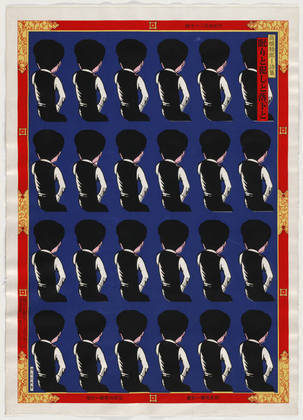
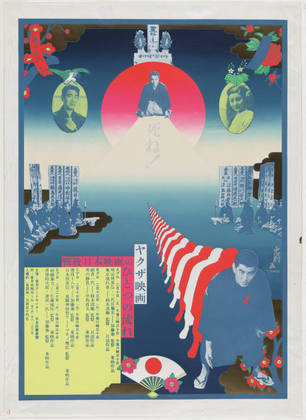
Poster for Sogetsu Cinematheque Special / Yakuza Cinema: A Current in Postwar Japanese Cinema, presented at Sogetsu Art Center in February 1968. The Museum of Modern Art, New York. Gift of the designer. © 2013 Yokoo Tadanori
